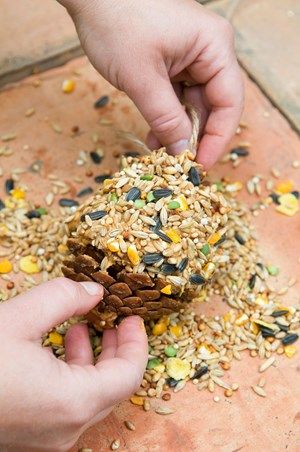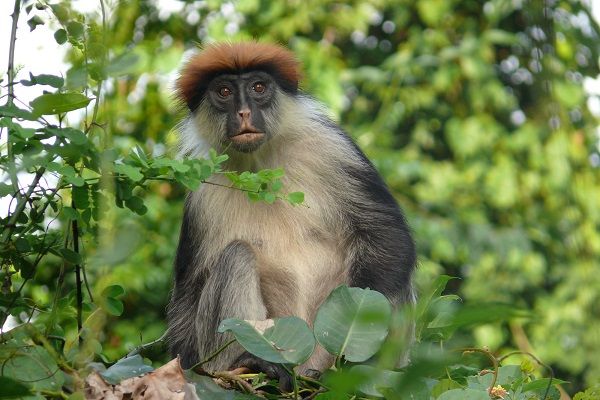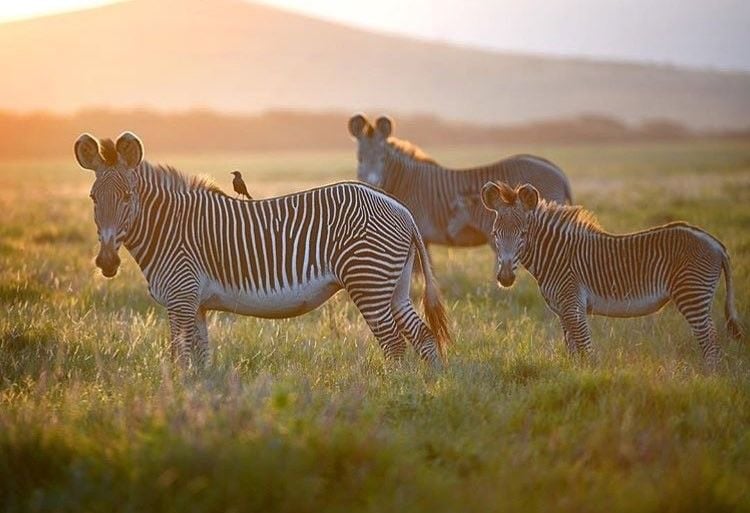Pub, local residents and children help wildlife in Queensland with a new watering hole
Posted on
|
Children in Urandangi in the Australian state of Queensland are doing wonderful work keeping the local wildlife well watered. Urandangi was founded in 1885 with a general store. It's grown a bit since then and recently locals noticed that the local wildlife had nothing to drink as the river’s been dry for 2 years. So locals did something about it to help wildlife. With local children’s help, a trough is filled every day. Kangeroos, pigs and birds visit the trough to drink their fill. The trough is filled with a hose from a nearby property. Children, local residents and the publican of the Dangi Pub keep a close eye on the water levels to make sure the animals have enough to drink. There’s even a sign asking locals not to take the water as it’s meant for wildlife! It says “This water is for our native and wild friends. Please do not be mean and borrow it.” Well done to the kids of Urandangi and all the residents there for taking action to look after wildlife.
|



 There were 17 rhino births in 2018
There were 17 rhino births in 2018